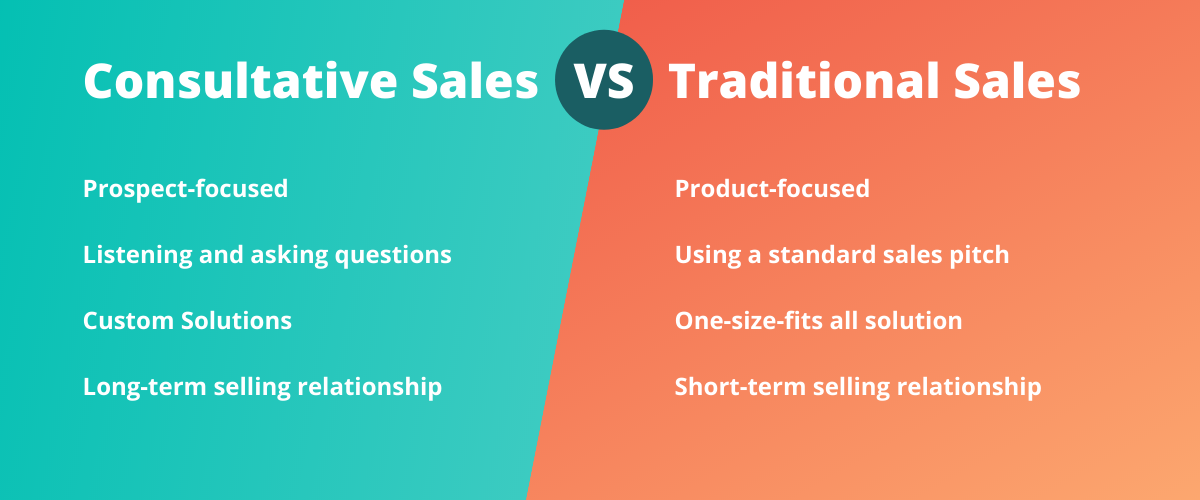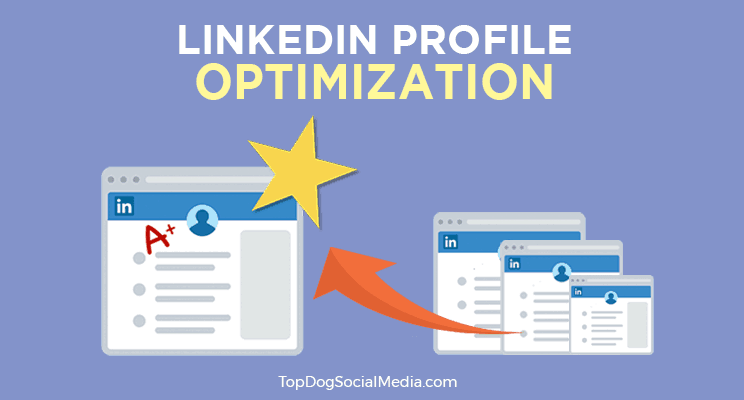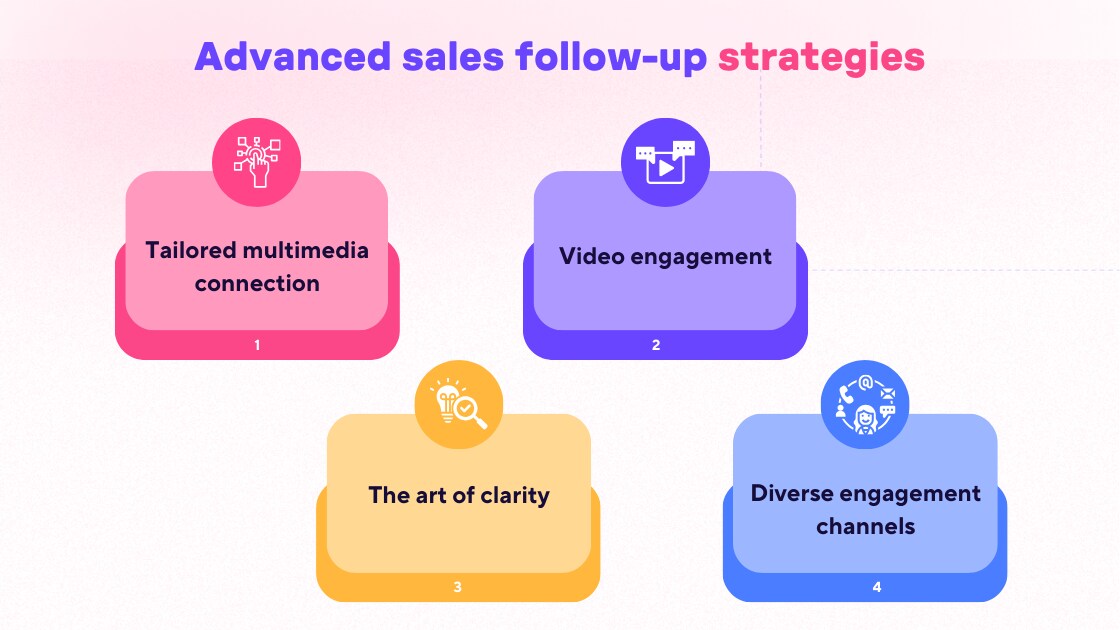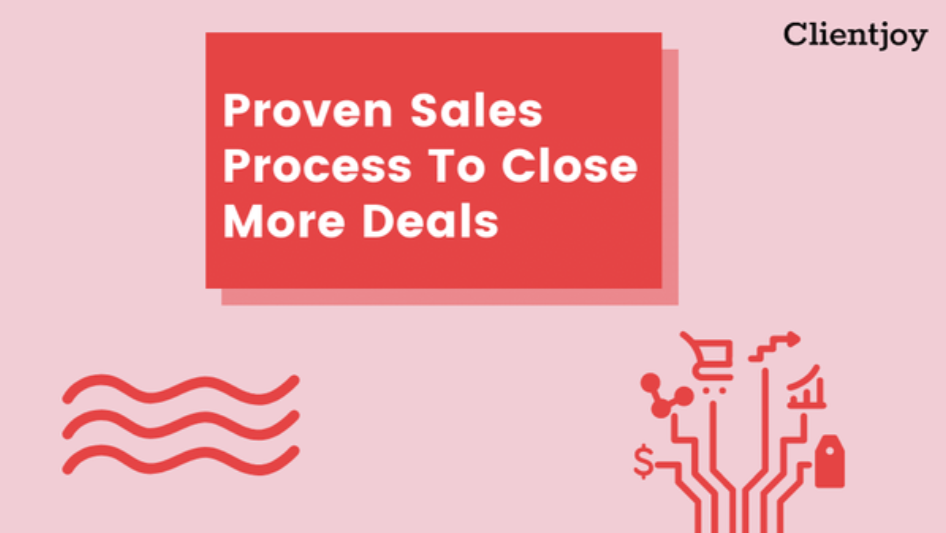Before you start prospecting, your profile must be professionally optimized to establish credibility. A well-crafted profile builds trust and makes prospects more likely to engage.
Key Profile Optimization Steps:
✅ Use a High-Quality Profile Photo – A professional, friendly photo increases connection request acceptance rates.
✅ Write a Compelling Headline – Instead of just listing your job title, showcase how you help clients.
- Example: “Helping SaaS Companies Increase Revenue with Data-Driven Sales Strategies | B2B Sales Expert.”
✅ Craft a Strong About Section – Clearly state who you help, how you help, and why they should trust you.
✅ Add a Featured Section – Showcase case studies, testimonials, or a lead magnet like an eBook.
✅ Optimize Your Experience Section – Focus on results and metrics rather than just job descriptions.
✅ Include Contact Information – Make it easy for potential leads to reach out via email or phone.
🔹 Pro Tip: Use LinkedIn Creator Mode to showcase your expertise with posts, articles, and videos.
2. Finding High-Quality Leads on LinkedIn
Sales success on LinkedIn starts with targeting the right prospects.
How to Identify & Connect with Prospects:
🔍 Use LinkedIn Search Filters:
- Job Title: Find decision-makers (e.g., “Marketing Director,” “CEO,” “Head of Sales”).
- Industry: Target specific sectors (e.g., SaaS, Fintech, Healthcare).
- Location: Filter by region or country to focus on relevant markets.
- Company Size: Identify small startups or large enterprises based on your sales strategy.
🎯 Advanced Prospecting with LinkedIn Sales Navigator:
If you’re serious about LinkedIn sales, LinkedIn Sales Navigator is a game-changer. It allows you to:
✅ Save Lead Lists – Track and engage with potential buyers.
✅ Receive Lead Recommendations – Get AI-driven suggestions based on your ideal customer profile.
✅ Use Boolean Search – Find highly specific prospects (e.g., “Marketing Director” AND “B2B SaaS”).
✅ See Who’s Engaged with Your Content – Prioritize leads who have viewed your profile or interacted with your posts.
🔹 Pro Tip: Use LinkedIn’s “People Also Viewed” and “Similar Profiles” features to discover more potential leads.
3. The Right Way to Send Connection Requests
A personalized connection request has a much higher acceptance rate than a generic one.
Dos & Don’ts of Connection Requests:
✅ DO personalize your message – Mention a common connection, shared interest, or reason for connecting.
✅ DO keep it short and value-driven – 2-3 sentences max.
❌ DON’T pitch immediately – Building a relationship first increases the chances of closing deals later.
Example Connection Request Templates:
📌 Cold Outreach:
“Hi [Name], I came across your profile and was impressed by your work in [Industry]. I’d love to connect and exchange insights!”
📌 Mutual Connection:
“Hi [Name], I noticed we both know [Mutual Connection]. I admire your work at [Company] and would love to stay in touch!”
📌 Engaging with Their Content First:
“Hi [Name], I really enjoyed your recent post about [Topic]. It resonated with me, and I’d love to connect and continue the conversation!”
🔹 Pro Tip: After sending a connection request, engage with their posts to stay on their radar before messaging them.
4. Engaging with Prospects Before Pitching
Instead of sending immediate sales pitches, warm up leads by providing value first.
Ways to Engage Before Selling:
🔹 Comment on Their Posts – Share thoughtful insights to start a conversation.
🔹 Like & Share Their Content – Boost their visibility while keeping yourself top of mind.
🔹 Send Helpful Resources – Share an industry report or article that aligns with their interests.
🔹 Ask Engaging Questions – Instead of selling, ask something like:
- “What’s your biggest challenge in [industry] right now?”
🔹 Pro Tip: The more you interact organically, the more receptive they’ll be when you eventually introduce your product/service.
5. Effective LinkedIn Messaging for Sales
Once you’ve warmed up the prospect, it’s time to initiate a conversation.
Best Practices for LinkedIn Sales Messaging:
✅ Start with a Personal Touch – Reference a past interaction, shared interest, or their recent post.
✅ Focus on Value – How can your product or service solve their pain points?
✅ Keep It Short & Clear – Busy professionals don’t read long sales pitches.
✅ End with a Low-Commitment CTA – Instead of pushing a hard sell, invite them for a quick chat.
Example Sales Message Templates:
📌 Soft Introduction:
“Hi [Name], I’ve been following your work at [Company], and I admire how you’re handling [challenge]. I specialize in helping [industry] companies solve similar challenges. Would you be open to a quick chat to see if we can add value?”
📌 Follow-Up After No Response:
“Hi [Name], just wanted to follow up in case my last message got buried. No rush—I’d love to explore how we might work together when you have time. Let me know if a short chat makes sense!”
📌 Pitch After Building Rapport:
“Hi [Name], we recently helped [Similar Company] increase [key metric] by [percentage] using [your solution]. I’d love to see if we can do something similar for [their company]. Would you be open to a quick call next week?”
🔹 Pro Tip: If a prospect doesn’t respond, wait 3-5 days before following up. If they still don’t engage, move on and revisit them later.
6. Using LinkedIn Posts & Content to Attract Leads
Regularly posting valuable content establishes you as a trusted expert and attracts inbound leads.
What to Post on LinkedIn for Sales Success:
✅ Industry Insights – Share trends, reports, and data relevant to your audience.
✅ Client Success Stories – Showcase testimonials and case studies.
✅ Problem-Solving Content – Address common pain points your target customers face.
✅ Behind-the-Scenes Posts – Humanize your brand by sharing your journey, challenges, or wins.
🔹 Pro Tip: Engage with people who comment on your posts—they could be future leads!
7. Closing Deals with LinkedIn
Once you’ve nurtured a lead, it’s time to move the conversation off LinkedIn and into a sales meeting or demo.
Best Practices for Closing Deals:
✅ Suggest a Call or Meeting Early On – Don’t keep messaging forever—invite them to a real conversation.
✅ Use Calendly or Scheduling Tools – Make it easy for them to book a time.
✅ Frame the Call as a Consultation, Not a Pitch – Focus on their pain points, not just your product.
✅ Follow Up After the Call – Reinforce key points and next steps to keep the deal moving.
Final Thoughts
LinkedIn is one of the most powerful platforms for B2B sales prospecting and deal-closing. By optimizing your profile, finding the right leads, engaging strategically, and using the right messaging techniques, you can turn cold prospects into paying clients.
Start implementing these strategies today, and watch your LinkedIn sales pipeline grow!







